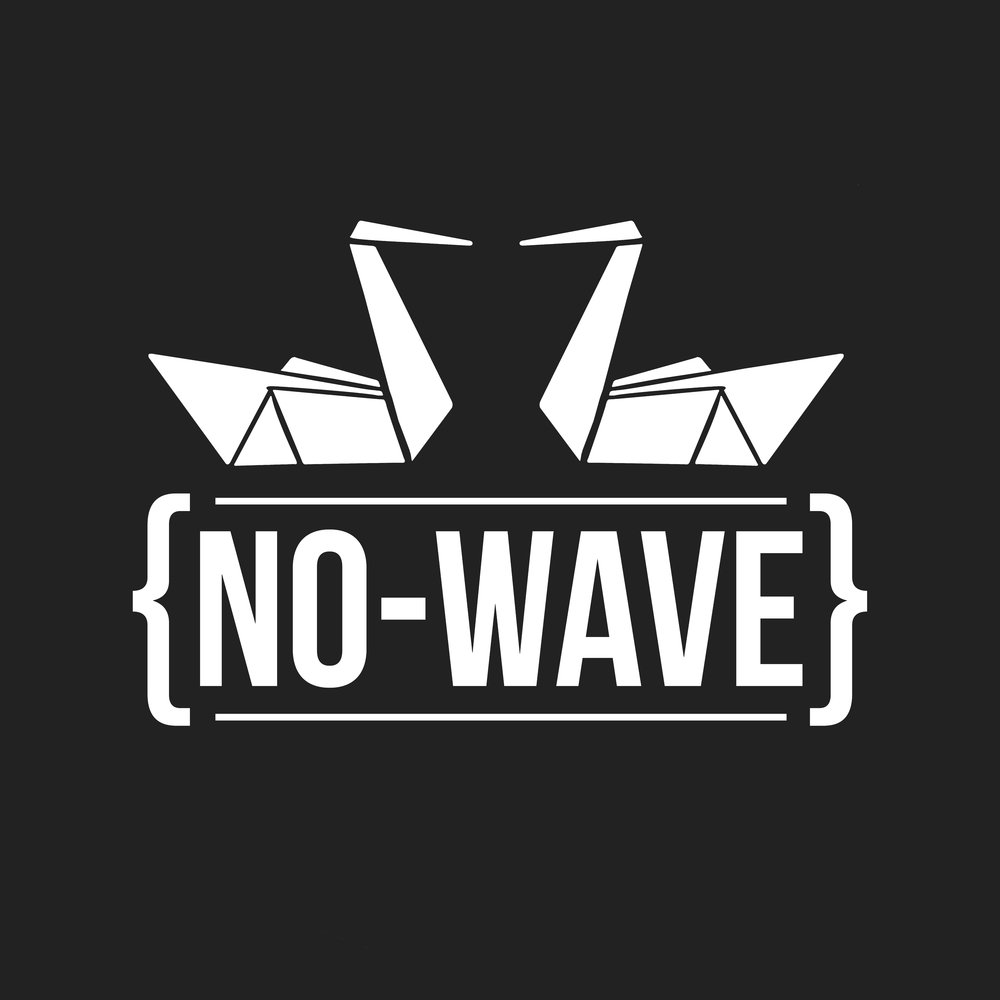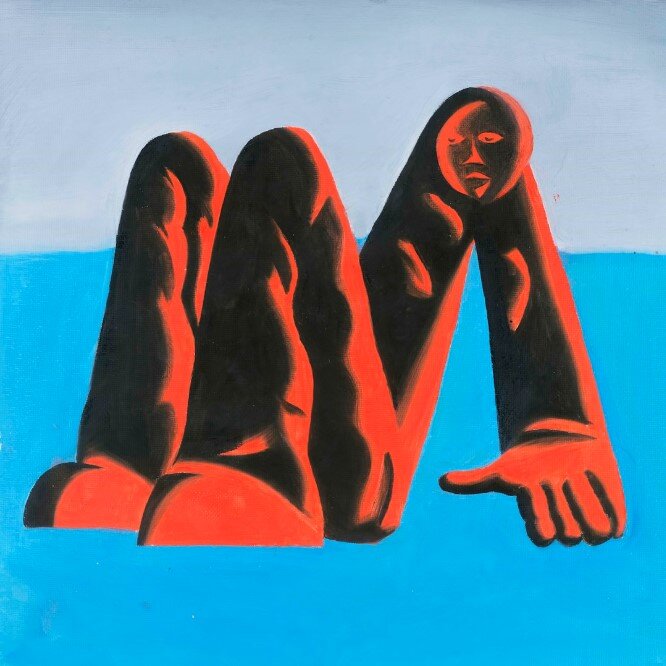California, the world over, symbolises a particular kind of whacked-out transgression. A crackling nervous system of dark magic and mysticism covers the state like a tattoo. San Francisco plays host to Anton Le Vey’s infamous Black House—the origin of the Church of Satan. And, until Tarantino rewrote history last year, Los Angeles remained the site of the infamous murders committed by Charles Manson’s commune. Ritual, morbidity and ghoulishness seem sprinkled across the sands of the West coast.
In this spirit, L.A. Witch deliver a collection of tracks whose kitschy dips into the occult live up to the band's name. While this album, Play With Fire, acknowledges the endemic goofiness ascribed to witchcraft in 2020, it’s no less spirited or intense for doing so. Vocalist Sade Sanchez’s guttural and commanding tone sounds as controlled as it does throat-shreddingly raw. It’s not unlike Wytches frontman Kristian Bell. Both singers' styles touch an unspoken universality, but are nigh-impossible for anyone else to reproduce. And both bands are served well by sardonic sensibilities: less "black-metal-cemeteries-at-night", more "spooky-ghost-train".
L.A. Witch give equal attention to their city’s musical and occult histories. Play With Fire sounds like a grungy death rattle of 60s idealism; the final fatal moments of Easy Rider. The freewheeling hippy spirit has careened into a ditch. Now it sits limbless and mired in self-reflection, dissatisfaction, anxiety. ‘Fire Starter’, the album’s opener, couldn’t make this any clearer with the vocal hook, “I got sun in my eyes./ I got too much to do, and not enough time.” None of this is to say Play With Fire is dour. It retains the vital energy of its forebears, channeling that energy inward and burying itself in dark and personal interior spaces.
Fast-forward twenty years to sequence another piece of the album’s DNA; its echoes of the 80s hardcore scene. Play With Fire combines the anecdotal songwriting of X with the smirking fury of The Germs to great effect. It rages without tantruming. L.A. Witch’s coolness, objectivity and sly detachment open their songs to listeners. And their LP carries off its form as a historical hodgepodge with panache. You have to squint to see any of the strings.
Play With Fire will no doubt be a hit among fans of the Aussie psych scene, and bear particular resemblance to Flightless five-piece The Murlocs. But there’s a twang of Americana that sets L.A. Witch apart. Play With Fire feels rooted so specifically in its birthplace that it’s like a sonic Hollywood sign; severe and symbolic, with a broad and encompassing view of its hometown.
Play With Fire, releasing 21st August, is available for purchase and streaming here.
Words: Andrew O’Keefe





